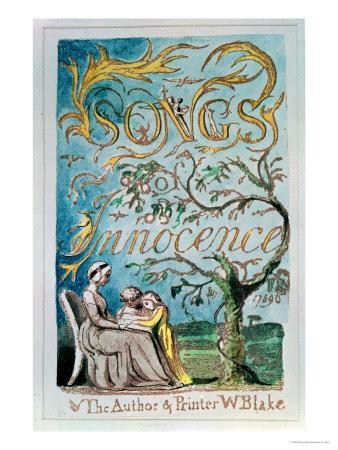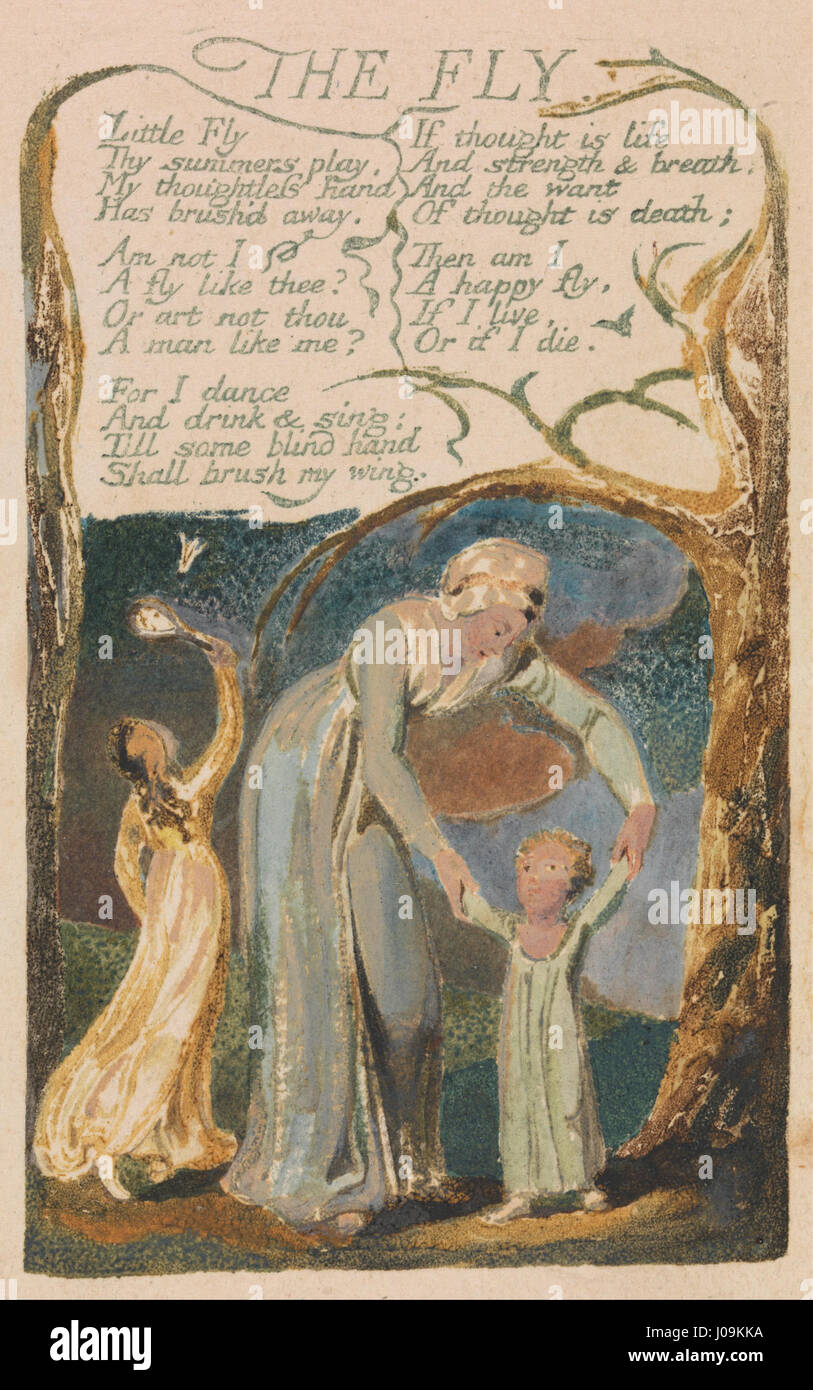

The present study is an attempt to focus on this element, by delving deep into the texts and designs of the Introductions of Songs of Innocence as well as of Songs of Experience, inevitably considering the totality of Blake's works and in the special context of their marked allegiance or affinity to the themes and symbols from the Bible. Both in his complex and sophisticated prophetic works, meant for the illuminated people, and in his deceptively simple lyrics of the Songs of Innocence and of Experience, meant for the rank and file of society, Blake did keep this up. Throughout his life of meticulous and tedious composite art Blake aimed at decoding the Bible as the Great Code of Art for helping people to be imaginative and visionary like Jesus Christ. This paper is a brief assessment for the main reasons that stand behind Blake's composing these paired poems with common and opposite titles in his book of Songs of Innocence and of Experience.Īlthough William Blake was highly eclectic and drawing from multifarious sources, religious system, philosophical thoughts and traditions, the Bible was Blake's most predominant concern. Throughout the book of these Songs, there are many poems in Songs of Innocence which have counterparts in Songs of Experience, often, the relationship between these paired poems is being indicated either by common titles, as with the two Introductions, the two Chimney Sweepers, the two Holy Thursdays, the two Nurse's Songs, The Divine Image and A Divine Image, The Little Boy Lost and A Little Boy Lost or by opposite titles, as with The Lamb and The Tyger, Infant Joy and Infant Sorrow, The Divine Image and Human Abstract. His Songs of Innocence and of Experience proved to be the most popular of Blake's illuminated texts and is now regarded as a seminal work of English Romantic literature. His work has fascinated and bewildered readers ever since. He is an artist, a lyric poet, a mystic and a visionary. His writing combines a variety of styles.


William Blake is a great pre-romantic poet as well as a painter and printer and one of the greatest engravers in English history.


 0 kommentar(er)
0 kommentar(er)
